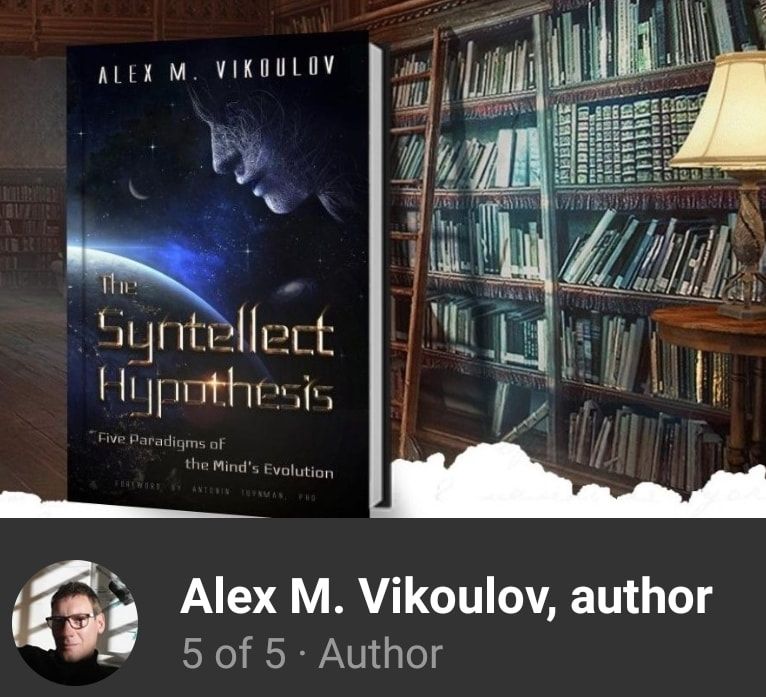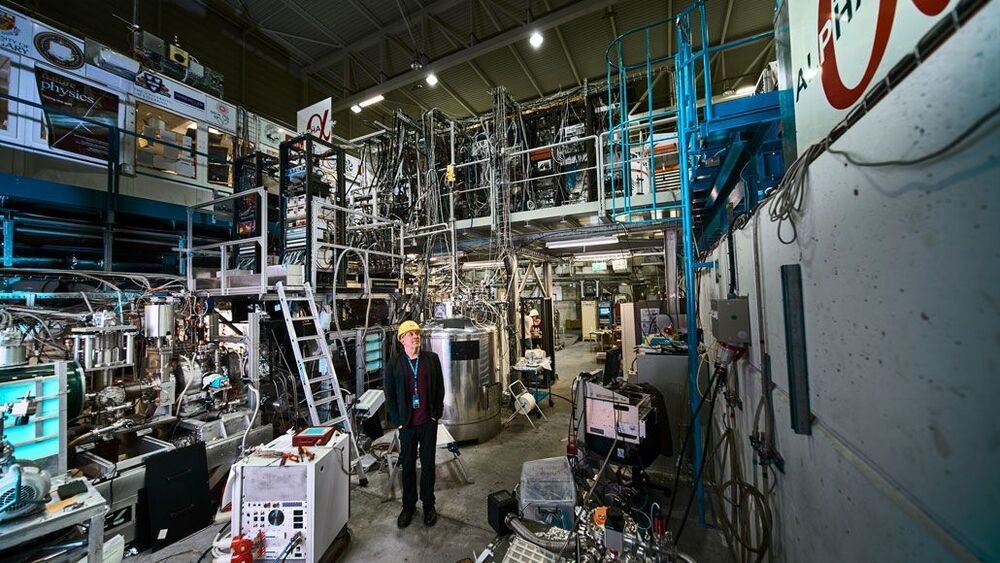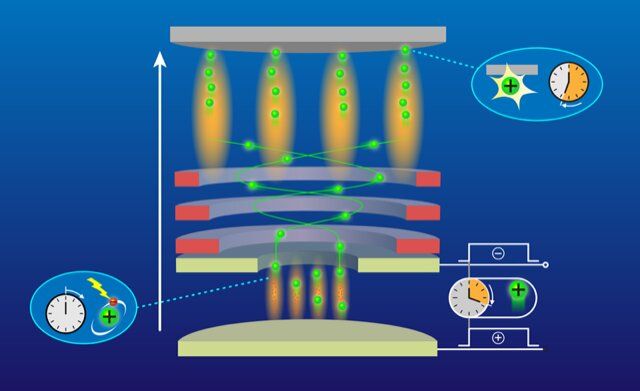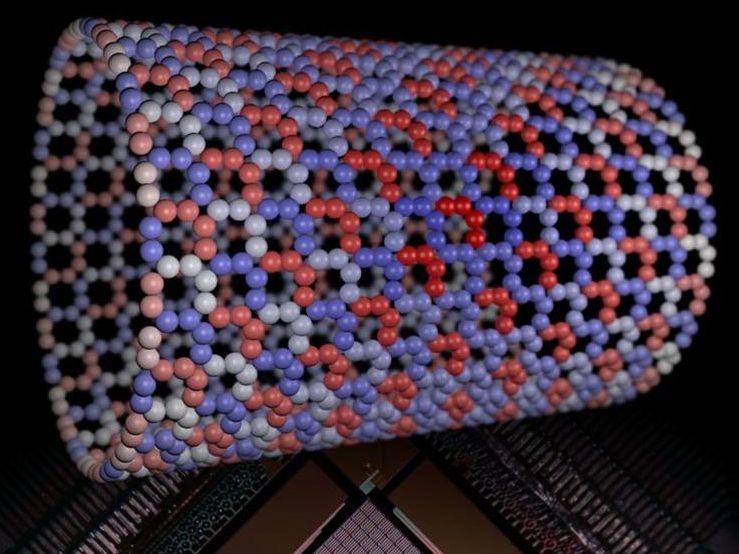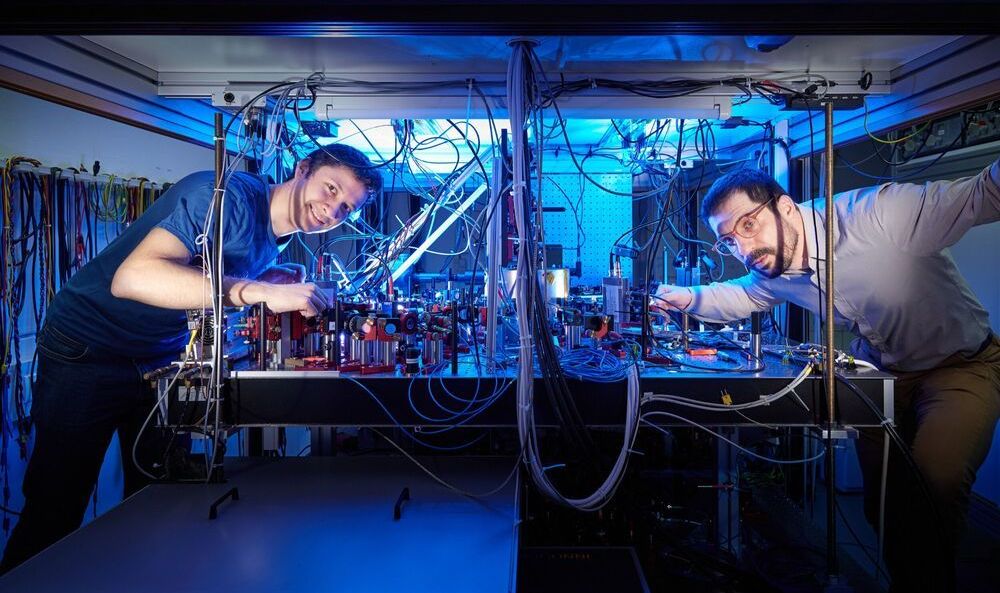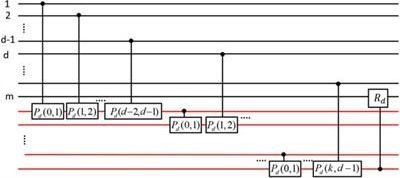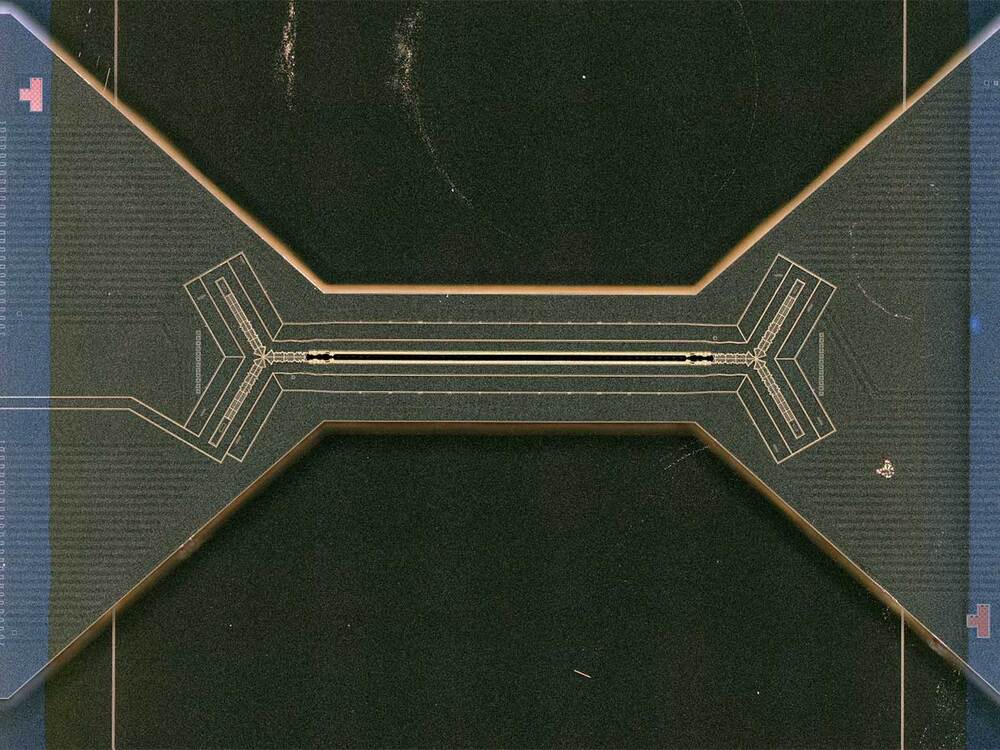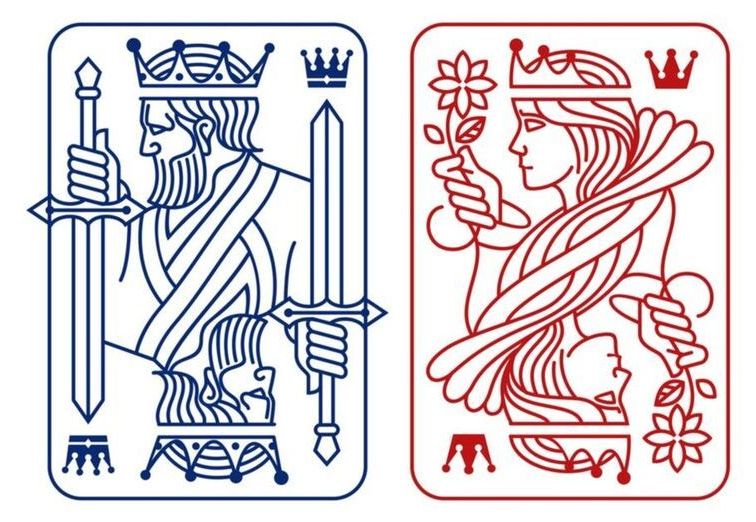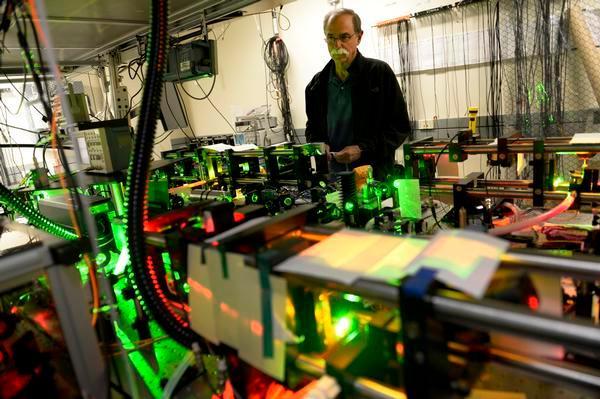Now cosmology inches towards the next paradigm shift: One of the most mind-boggling discoveries of modernity is that the fabric of spacetime is emergent from something beneath it. “[O]ne new theory says that Dark Matter may be ordinary matter in a parallel universe. If a galaxy is hovering above in another dimension, we would not be able to see it. It would be invisible, yet we would feel its gravity. Hence, it might explain Dark Matter,” in the words of Michio Kaku as an opening quote to this article. #DarkMatter #DarkEnergy #QuantumGravity #ComputationalPhysics #MTheory #DTheoryofTime #OmegaSingularity #pancomputationalism #multiverse #ontology
Dark Matter could be ordinary matter in the “probabilistic space” and “phase space” (5th and 6th dimensions of M-theory), possibly with “dark star systems” and life, imperceptible to us at our current level of development. In turn, Dark Energy could be a.
